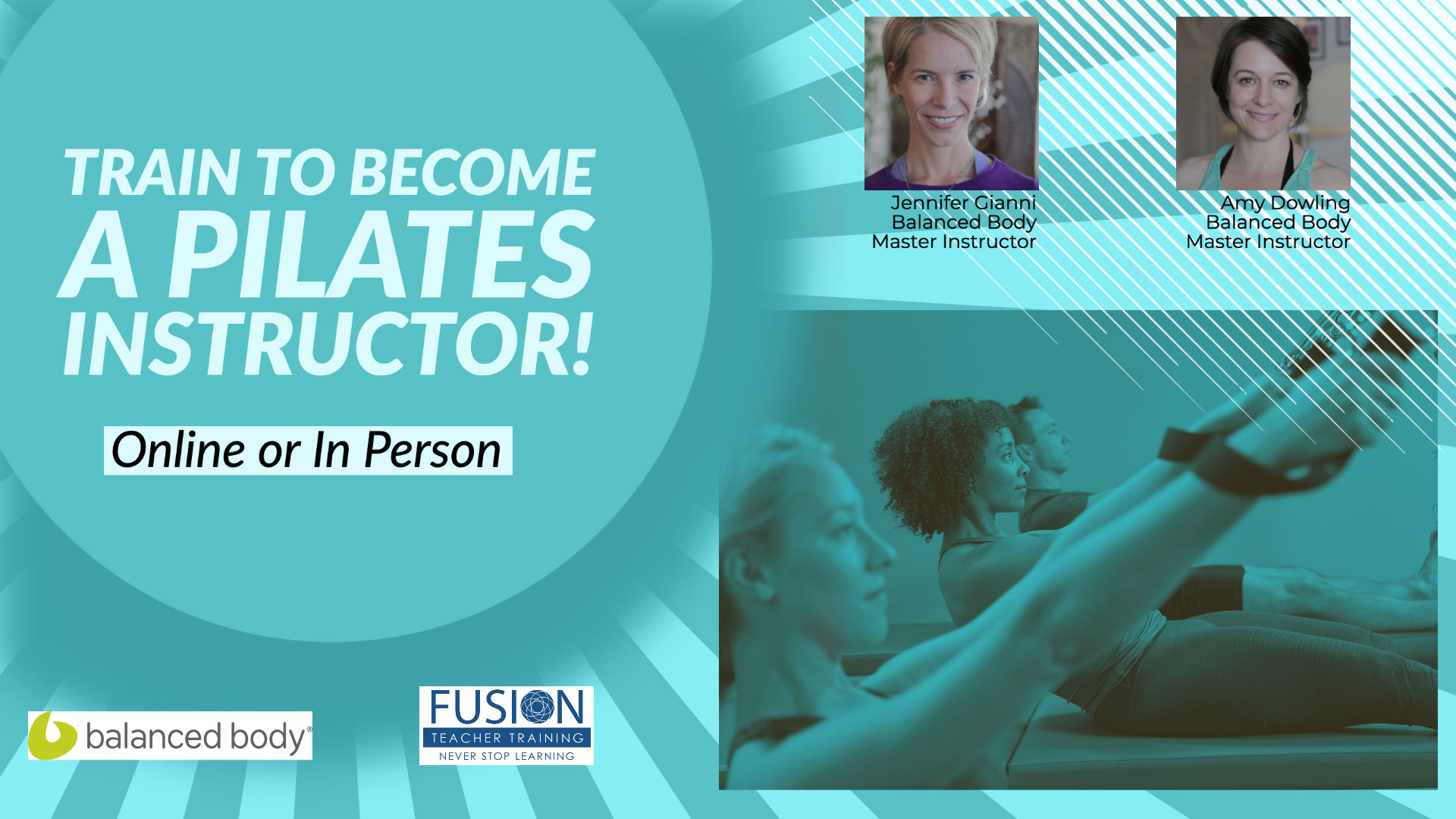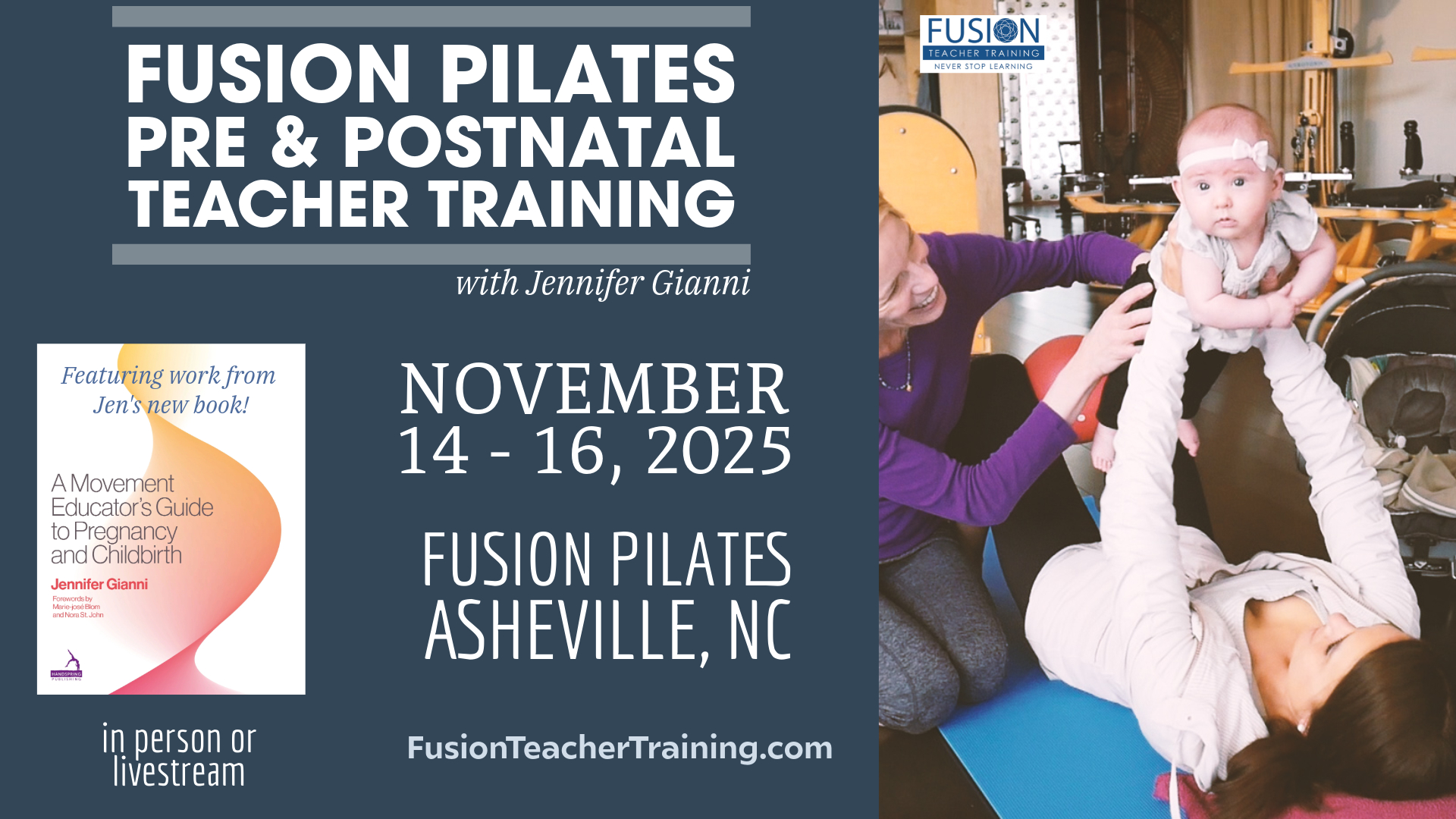 In this article, we will link all that we have learned about the Breath to our Core musculature. This is the golden key to working from the inside out!
In this article, we will link all that we have learned about the Breath to our Core musculature. This is the golden key to working from the inside out!
What it is: We hear so much in the gym and media about our Core Muscles and core stabilization, but not many of us know exactly what “core” means. Most of us think that the abdominals are our core, which is part of the answer but not the complete picture.
In general, our bodies are made up of two systems of musculature:
First, our Core Muscles are the deep musculature that resides close to our skeleton. Our Core Muscles are built for endurance and do the work that we take for granted, such as stabilizing and supporting our alignment and keeping our spine in a straight and upright position. These muscles include the Pelvic Floor (which creates a barrier at the bottom of our pelvis to support our internal organs such as the bladder, uterus, and rectum), Transverse Abdominus (our deepest abdominal muscle that wraps around our torso like a corset, protecting our lower back), Diaphragm (the primary breathing muscle on which the heart and lungs rest), Multifidus (a muscle set close to the spine that acts as anti-rotators in the lumbar spine), and the Psoas muscle (this muscle wraps from the back of the body on the spine to the front of the hip and is responsible for holding the leg in the socket).
Our Core Muscles like to work with light weight, in proper alignment, and with expansive and tension-free breathing.
Second, our Global Muscles reside closer to the skin and are built for powerful jobs such as heavy lifting. Examples of these muscles are the quadriceps on the front of our thighs, gluteals on the buttocks, and lats which are the large back muscles.
It is important that our muscle system is trained to fire proximal to distal, which means the Core Muscles first and the Global Muscles second. This is working from the inside out. When we have to do a powerful job such as lifting a heavy box, the muscles closest to our skeleton need to fire first to protect us from injury.
It is usually a challenge for most people to turn off their global system and fire from their Core first. Jump starting your Core takes a lot of patience and practice. To be successful, you must employ subtle movement and breathing techniques. The mantra is “less is more.”
For the most part, we work the global system of muscles very well. We pile on the weight, create tension in our breath, and misalign our posture and call it a work out. In this scenario, our Global Muscles turn on right away and push local muscles to the background, denying them the chance to work. When someone who exercises in this way hits forty years old (or even earlier), they will start to experience a breakdown in their bodies. Tight backs and hips, shoulder dysfunction, herniated discs, loss of balance–all of these are symptoms of years of improper dependence on our Global Muscles. This happens because the Core musculature that stabilizes and literally supports the entire body has been allowed to go to sleep!
Our Goal: Learn how to activate the Core Muscles.
Here’s how: Start with this visualization exercise. You can do this sitting in a chair or lying on your bed. As you inhale, visualize the lungs filling and the diaphragm and pelvic floor descending and widening. As you exhale slowly, picture the lungs deflating, the diaphragm and pelvic floor lifting, and the transverse abdominus tightening like a seat belt across your pelvis.
Hot Tip: Once you’ve mastered the visualization and breath, add an abdominal curl. Get on your back on the floor with your knees bent and your feet flat on the floor. Inhale to prepare. On the exhale, slowly curl the head and shoulders up, looking between your legs. If your lower belly (the section below your belly button) bulges out, then the Core Muscle connection is not happening yet. Review the visualization exercise until the connection happens for you. Don’t get discouraged–it takes time and patience.
You know that your Core Muscles are working for you when you can come into this ab curl and your seat belt muscle (transverse abdominus) stays tight.
~ by Jennifer Gianni
We hope you enjoyed this article on Core Activation. Be sure to let us know your thoughts below!




Leave A Reply (2 comments So Far)
Please - comments only. All Pilates questions should be asked in the Forum. All support questions should be asked at Support.
You must be logged in to post a comment.
Wow
Hi Anita,
Thanks for writing in. I know it is a lot of information but it is at the core of what we do and teach as Pilates instructors. Let us know if any questions come up.
Love
Jen